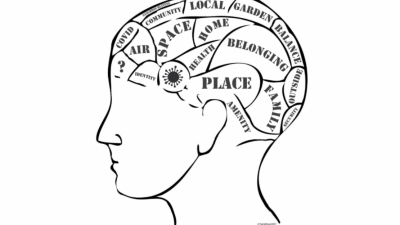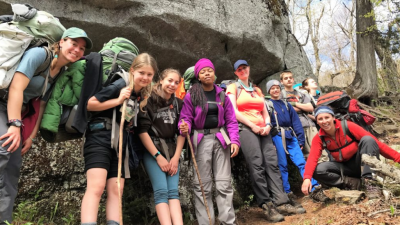In a world ruled by algorithms and automation, something essential has been lost. People crave experiences that feel real, personal, and genuinely human.
We join online groups by the dozens, yet many of us feel increasingly isolated. The missing ingredient? True community that goes beyond data points and engagement metrics.
This disconnect creates both a challenge and an opportunity for community builders today. How do we create spaces where people feel truly seen and connected?
What Technology Can’t Capture
Algorithms excel at matching interests and suggesting content. They can identify patterns and make predictions. But they fundamentally miss the heart of what makes communities work.
They can’t measure the comfort of being truly understood. They don’t track the confidence gained from mentor relationships. They fail to quantify the relief of sharing struggles with others who genuinely care.
These human elements form the foundation of memorable community experiences that keep people coming back.
According to research from the University of Kansas, strong communities share several components that machines simply can’t replicate: mutual trust, reciprocity, collective identity, and shared emotional connections.
Creating Irreplaceable Experiences
The most powerful community moments often emerge spontaneously. Yet thoughtful design can create the conditions where these moments flourish.
Shared challenges bring people together in ways passive consumption never will. When members work toward common goals, bonds form naturally. The pottery class that glazes together stays together.
Rituals and traditions create anchors in community life. Whether it’s a monthly welcome ceremony for newcomers or annual celebrations marking group milestones, these touchpoints build continuity and belonging.
At BuildBonding, we’ve discovered that communities thrive when they balance structure with space for organic connection. Too much programming feels forced; too little leaves members adrift.
Learning From Offline Communities
Some of the best lessons for creating meaningful community experiences come from long-standing offline groups.
Religious congregations have preserved community rituals for centuries because they understand how shared experiences create lasting bonds. The power of gathering, breaking bread together, and marking life transitions as a community runs deep in human psychology.
Neighborhood associations thrive when they focus on creating spaces where casual encounters happen naturally. The community garden that includes benches and shade becomes more than a place to grow vegetables—it becomes a hub for connection.
Community expert Charles Vogl explains in his work that lasting communities create boundaries that define who belongs while remaining open to newcomers. This balance creates both safety and dynamism.
The Authenticity Factor
What technology often misses entirely is authenticity—the quality that makes interactions feel genuine rather than transactional.
Vulnerability from community leaders sets the tone. When organizers share their own challenges and uncertainties, they create space for members to do the same.
Acknowledging tensions rather than glossing over them builds trust. Healthy communities don’t avoid conflict; they develop ways to navigate it respectfully.
Perfect production values often matter less than genuine connection. Sometimes the most meaningful community moments happen in imperfect spaces with imperfect people showing up as they truly are.
Measuring What Matters
If algorithms can’t capture what makes communities special, how do we know we’re succeeding?
Stories often reveal more than statistics. Collect and share narratives about how your community has changed lives or created meaningful connections.
Depth may matter more than breadth. A smaller group of deeply engaged members often creates more value than a larger group of passive participants.
Look for evidence of relationships forming outside structured activities. When members connect independently, your community has developed roots.
Building Tomorrow’s Communities
As technology continues advancing, the distinctly human elements of community will become even more precious.
Creating spaces where people feel truly known, valued, and connected isn’t just good community building—it’s increasingly rare and valuable.
By focusing on experiences that algorithms can’t replicate or quantify, we build communities with staying power that meet fundamental human needs.
What experiences in your community couldn’t be replicated by even the most sophisticated algorithm?





